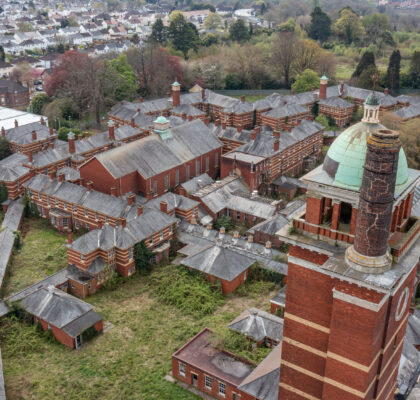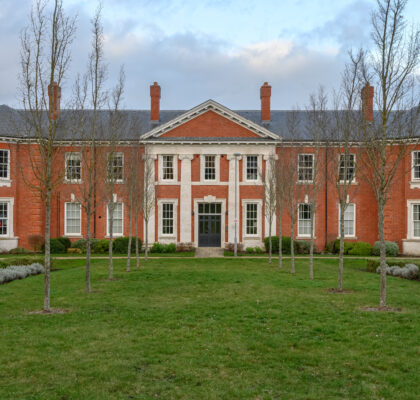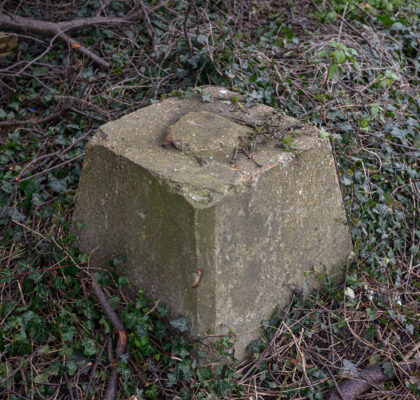This Isle of Sheppey, which name comes from Old English for ‘Sheep Island’, was once two isles, Harty to the south east and the Isle of Elmley to the south west which have overtime merged, giving us the one island we know today. The port at Sheerness dates back to the 17th Century when it was established by renown diary writer Samuel Pepys. With around 200 shipwrecks scattered around the coast of the island, this area is full of history. In this article we take a look at some of the military remains which survive on the island; you can use our map above to see where they are located.
Warden Point Battery




Built between 1914-16 Warden Point Battery has been the victim of coastal erosion and was once sitting on the clifftops overlooking the water below. The site was rearmed during the Second World War at the same time as a radar station was constructed. The purpose of this was to map the movements of e-boats in the water. Whilst the majority of the station has since gone, a few of the buildings still survive.
Cold War Heavy Anti-Aircraft Battery



Built just after the Second World War in 1947, this Cold War site was built to protect the country from any Russian air-attacks. Whilst there are very few details on this site, it’s believed that it was armed with four 3.7″ guns. There’s three original buildings within the complex which still remain, these are likely to be the generator room (to provide electricity if the local supply should be cut off), a command room and also a Nissan hut for accommodation. Phoenix History has a great video on this rare Cold War site.
Naval Decoy Bunker


Decoy sites were constructed around the country at the start of World War Two and were designed to simulate a bombed area so that any German aircraft flying over, would think that they are bombing a target, rather than fields. This Naval Decoy site on the south coast of Sheppey was designed to look like a port or shipyard; it would have been from this bunker where the operation would have been controlled. Special lighting was installed to look like ship lights were reflecting on the water and oil would have been pumped through the marshes via a network of pipes and then burned.








World War Two Mine Watch Station/XDO Post

This unusual building was a Mine Watch Station, designed to control a minefield out in the water between Sheppey and Faversham. The XDO was the naval officer responsible for all naval activity in their given area, in this case they would liaise with the army at Garrison Point Fort, should they spot an enemy U-Boat approaching. The XDO would then inform the mine watch officer on duty who had control of a group of electrically fired mines.
The XDO Post is divided into two rooms, the first is a generator room at the entrance, followed by the main observation room. This has a turret on top, which would have had either a ladder or platform to access it. The website IndicatorLoops has some great maps of the mines around Sheppey.











Sources: https://www.andersonshelters.org.uk/history.html, IKS, http://indicatorloops.com/shellness.htm, http://www.wildfire3.com/fortress-sheppey.html
This entry was posted in Location Report


